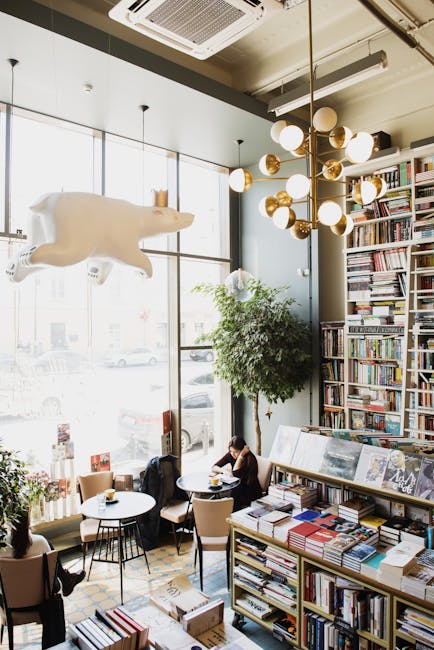How to Create a Toy Lending Library in Your Community
In today’s fast-paced world, fostering a sense of community and sustainability is more important than ever. One creative way to bring people together while promoting eco-friendly practices is by establishing a toy lending library. Imagine a place where children can enjoy a vast array of toys without the pressure of ownership. This guide will walk you through the steps of creating a toy lending library in your community, ensuring that children have access to fun and educational resources while encouraging community engagement and sustainability. 🎉
Table of Contents
1. Introduction to Toy Lending Libraries
2. Benefits of a Toy Lending Library
3. Steps to Create a Toy Lending Library
4. Promoting Your Toy Lending Library
5. Conclusion
6. FAQs
Introduction to Toy Lending Libraries
A toy lending library operates much like a traditional library, but instead of books, it offers toys. Families can borrow toys for a set period, allowing children to enjoy new and exciting playthings without the need to purchase them. This model not only reduces waste but also fosters a sense of sharing and community spirit.
Benefits of a Toy Lending Library
Establishing a toy lending library offers numerous advantages:
Environmental Impact: By reusing toys, you reduce waste and promote sustainability, helping the environment one toy at a time. 🌍
Cost-Effective: Families can save money by borrowing instead of buying, making playtime accessible for all economic backgrounds.
Community Building: A toy library serves as a community hub, bringing families together and fostering new friendships.
Educational Value: With a range of toys available, children can explore different types of play that support their learning and development.
Steps to Create a Toy Lending Library
1. Research and Plan
Begin by researching existing toy libraries to understand their structures and operations. Reach out to community members to gauge interest and gather ideas. Create a detailed plan outlining your goals, location, and logistics.
2. Find a Suitable Location
Choose a location that is accessible and convenient for families. Consider partnering with local community centers, libraries, or schools that may have space to host your library.
3. Gather Toys
Start a toy collection drive by reaching out to community members for donations. Ensure that all toys are safe, clean, and in good condition. You might also consider purchasing some new toys to diversify the collection.
4. Set Up a System
Develop a cataloging and borrowing system. This could be as simple as a spreadsheet or as sophisticated as a digital app, depending on your resources. Establish borrowing rules, such as loan periods and late fees, to ensure smooth operations.
5. Recruit Volunteers
Volunteers are crucial for running the library. Seek individuals who are passionate about community service and willing to help with cataloging, managing the library, and organizing events.
6. Launch Your Library
Host a launch event to introduce the toy library to the community. This could include a tour, demonstrations of the borrowing process, and activities for children to enjoy. 🎈
Promoting Your Toy Lending Library
Effective promotion is key to attracting members and ensuring the success of your library.
Social Media: Create social media pages to share updates, events, and success stories. Encourage members to share their experiences online.
Community Events: Participate in local events to raise awareness and attract new members.
Partnerships: Collaborate with local businesses and organizations to gain support and expand your network.
Conclusion
Creating a toy lending library is a rewarding endeavor that benefits both your community and the environment. By following these steps, you can establish a vibrant hub that encourages play, learning, and sustainability. Remember, the key to success is community involvement, so engage your neighbors and enjoy the journey of building something impactful together. 💪
FAQs
What types of toys are best for a toy lending library?
Focus on educational and durable toys that cater to various age groups. Building blocks, puzzles, and art supplies are great options.
How can I ensure the toys remain in good condition?
Implement a system for inspecting and cleaning toys upon return. Encourage patrons to report any damage immediately.
Is there a cost to join a toy lending library?
This depends on your model. Some libraries charge a small membership fee to cover costs, while others operate on donations and volunteer support.
How often should toys be rotated?
Regularly rotate toys to keep the selection fresh and exciting. This could be monthly or quarterly, depending on your library’s size and resources.
By following this guide, you’re well on your way to making a positive impact in your community through the power of play and sharing. Let’s get started! 🎈
